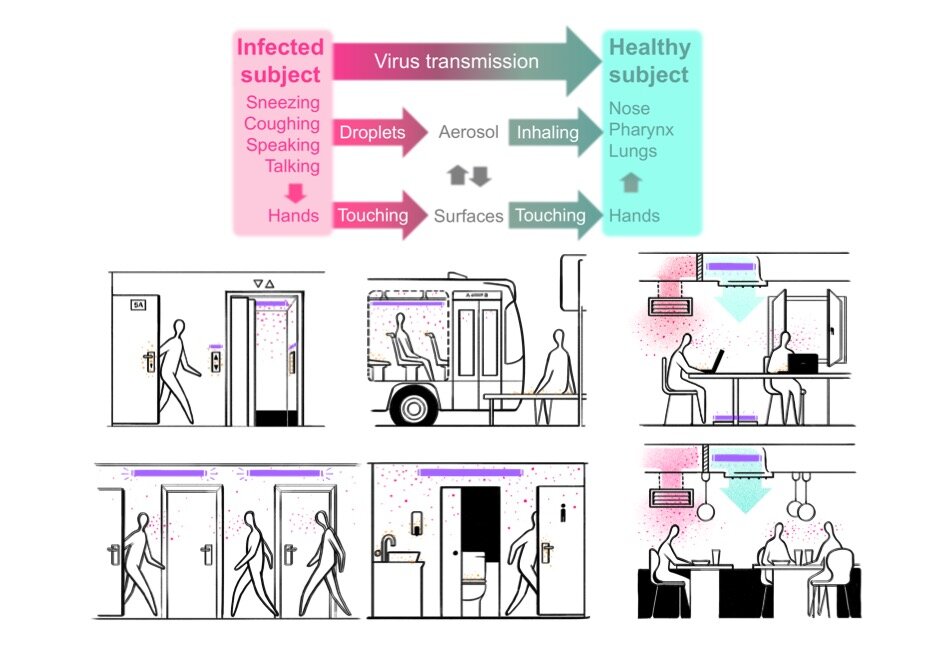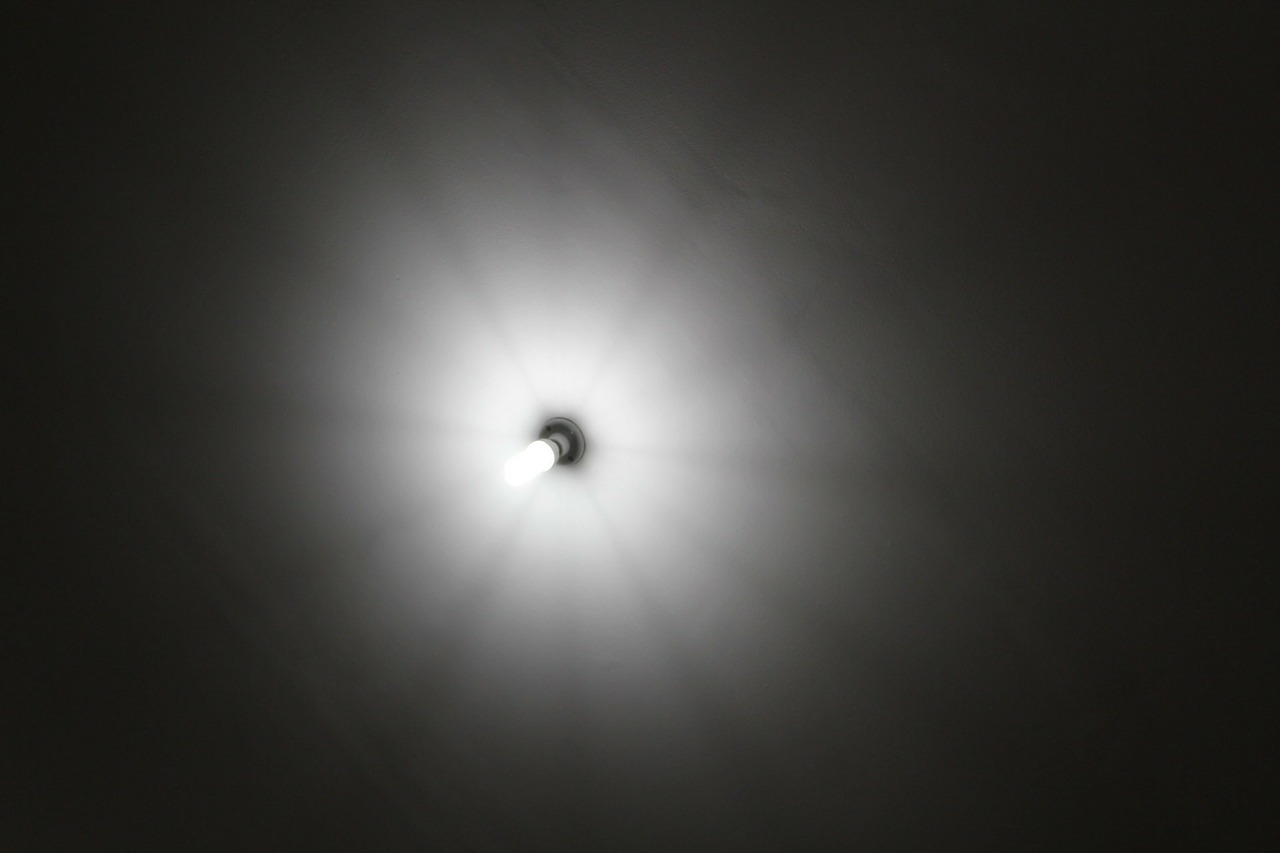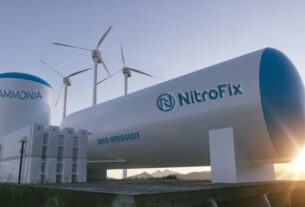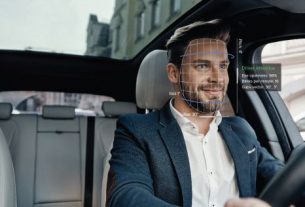An international team of researchers advocates the use of UV-C light as a way to reduce the transmission of Corona viruses in offices, schools, healthcare facilities, and public transportation
Coronavirus inactivation by ultraviolet light is particularly efficient, easily deployable, and economically affordable, an international team of experts claims in a study published in ACS Nano.
After researching currently available UV-C sources, such as fluorescent lamps, microcavity plasmas, and LEDs, the team concluded that applying this type of light on the inside of the ventilation systems of buildings and in shared indoor spaces while not in use, makes it possible to quickly and efficiently deactivate both airborne and surface-deposited SARS-CoV-2 viruses.
Studies show that Coronavirus can be transmitted through the air in droplets exhaled by an infected person and inhaled by healthy people. Or, it can be transmitted from a touch on surfaces, and personal hands contact.
The measures which help prevent the transmission of this virus are facial masks and other physical barriers that if properly used, have proven to be highly effective. However, such measures depend on the adjustment by the population.
A long series of studies suggest that virus transmission in indoor spaces is much higher than outdoors.
The coronavirus outbreak is posing an exceptional challenge and requires speedy prevention and worldwide action. To make it happened, we need affordable and ready-to-apply measures to drastically reduce its massive transmission probabilities in indoor spaces.
By doing so we will allow for the eventual return to conventional activities or even attending entertainment events. This solution is fast, scalable, and affordable for implementation to fulfill the needs of disinfecting workspaces, such as offices, schools, healthcare facilities, and public transportation, to name a few

Pathways of viral infection in everyday life shown in a simplified scheme (top) and illustrated by pictorial descriptions of exposure to virus in everyday activities (bottom). Placement of UV-C light sources at ventilation systems and rooms not in use, without direct optical paths to humans, help reduce virus propagation. Credit: Nacho Gaubert.
Filters and chemicals have been presented as possible solutions to minimize this problem, but despite their effectiveness in reducing the concentration of contaminated particles and droplets passing through ventilation systems, their installation may be costly and time-consuming. In addition, some chemicals that are very effective for virus disinfection, such as ozone, can be harmful if misused.
The research was conducted by Technion Professor Ido Kaminer, in collaboration with ICREA Prof. Javier García de Abajo. In participation of Profs. Andreas Meyerhans (Universitat Pompeu Fabra) and Joan Rosell-Llompart (University Rovira i Virgili), together with Profs. Rufino Javier Hernández (University of the Basque Country), and Tilman Sanchez-Elsner (University of Southampton).
Read more about: Coronavirus, COVID-19, Pandemics




